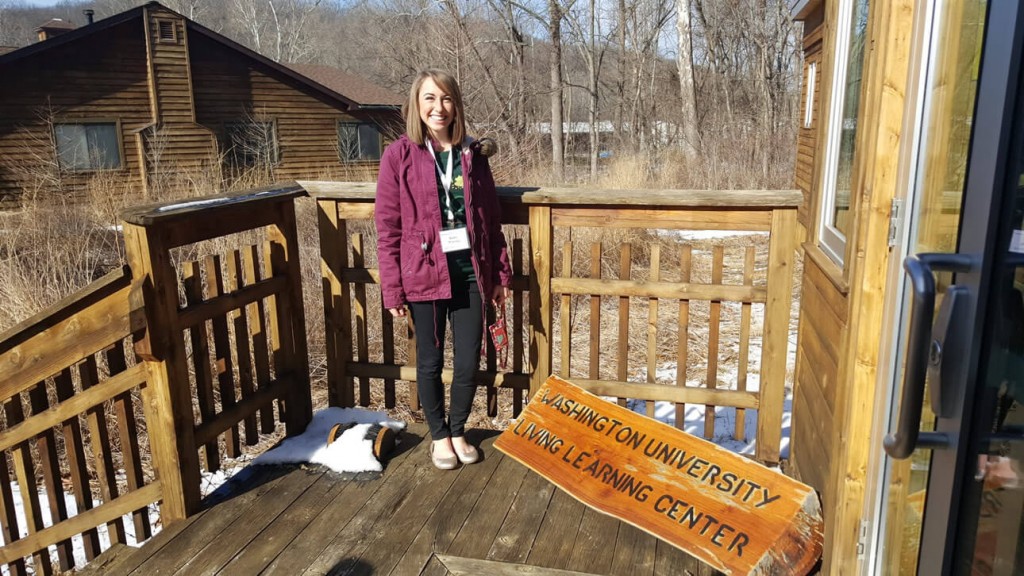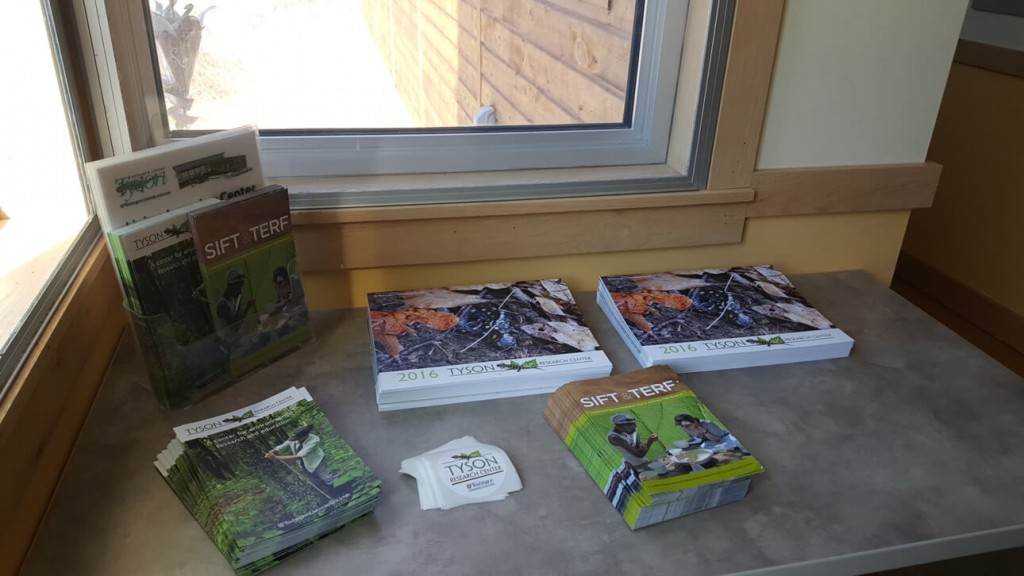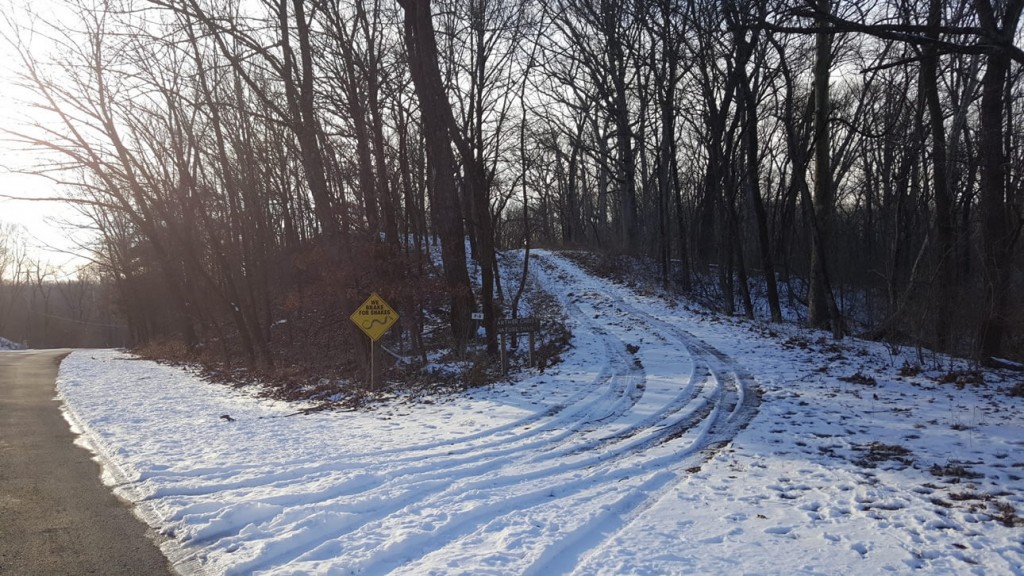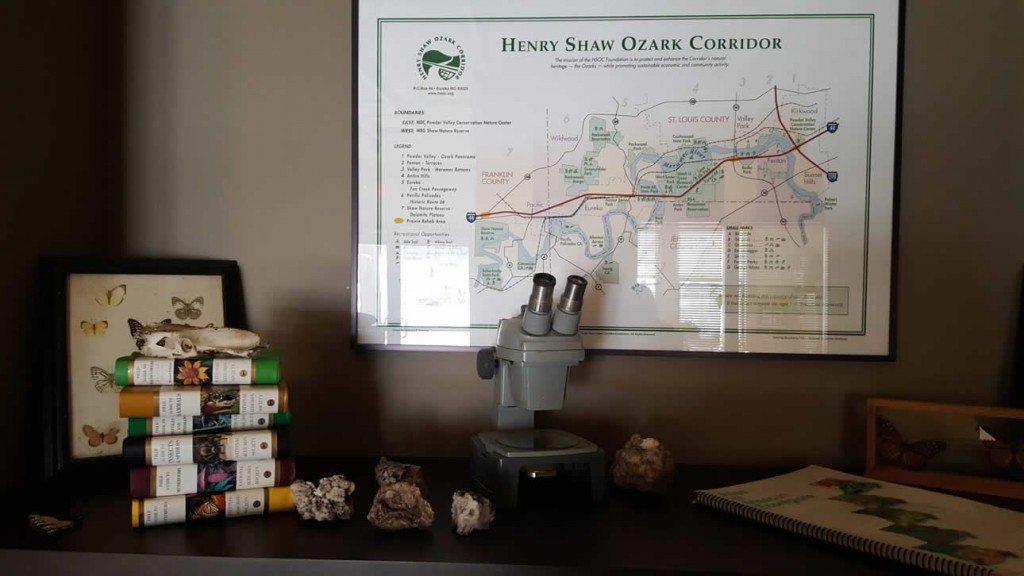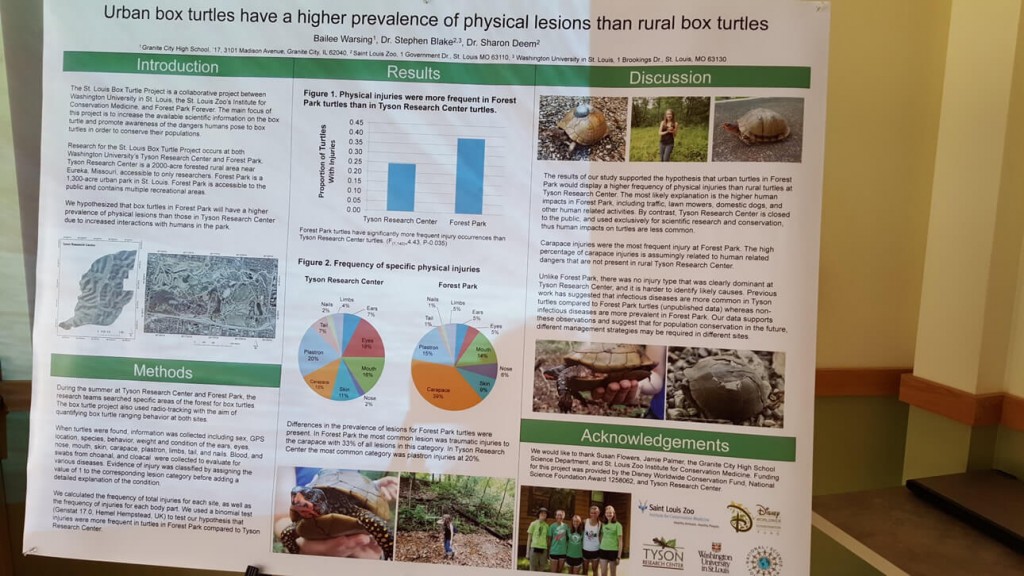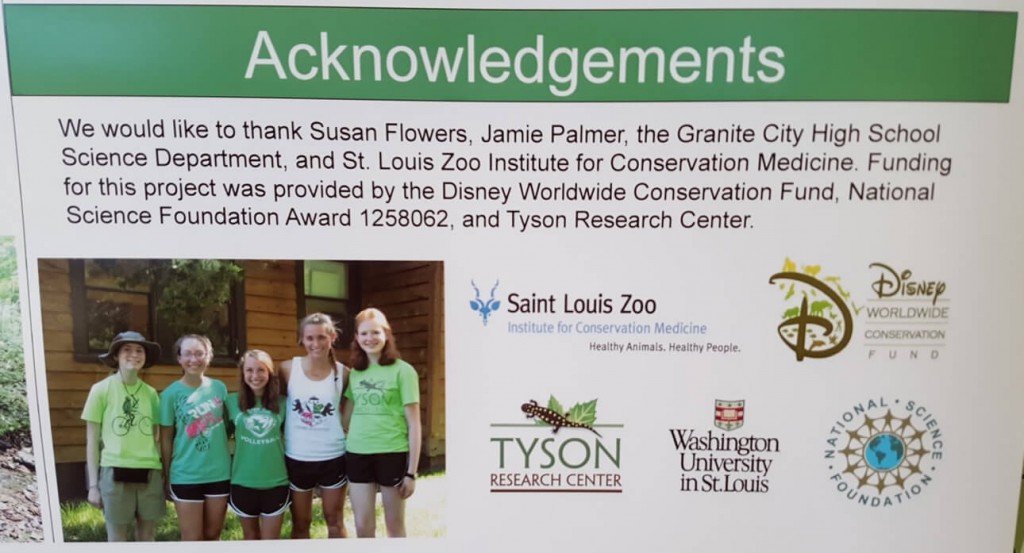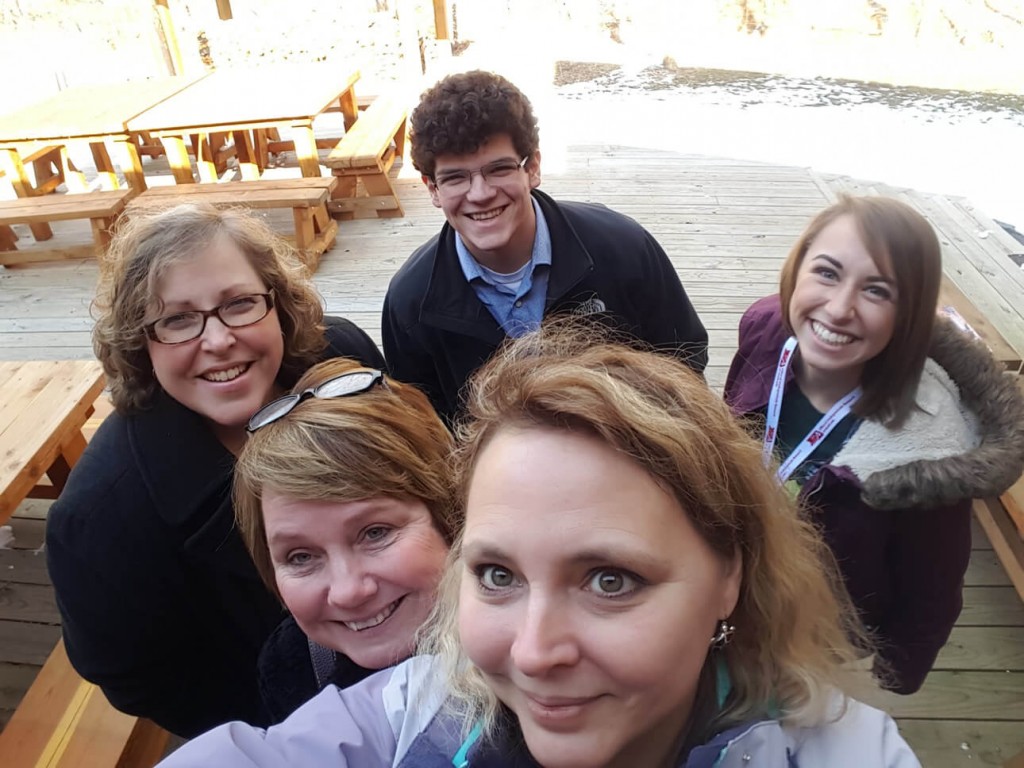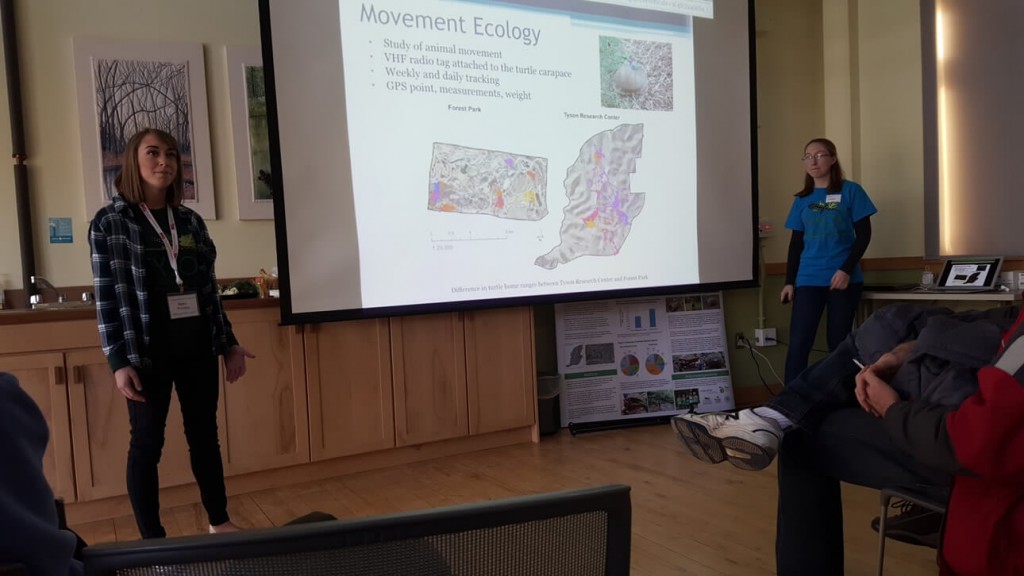If you are fortunate enough to teach near a university, there is a very good chance that programs at the college are in place to help high school teachers. For years, I have been able to borrow equipment from Southern Illinois University and Washington University to alleviate the costs of buying the equipment for my classroom.
My students fill trays with DNA samples and perform a gel electrophoresis to determine who within a family is a carrier for muscular dystrophy. It is one of my more popular investigations. In addition to equipment loans, Washington University has a program that matches high school students with authentic field research.
The SIFT program (Shaw Institute for Field Training) is a one-week summer field training experience open to area high school students. One of my students, Bailee Warsing, entered this program at the end of her sophomore year. She continued this experience the following year by joining TERF (Tyson Environmental Research Fellows) where she worked on a project that gathered data on turtles in the area. This was real field biology, where seasoned researchers mentor high school students and undergraduates. Students conduct ecological research and explore career paths in environmental disciplines.
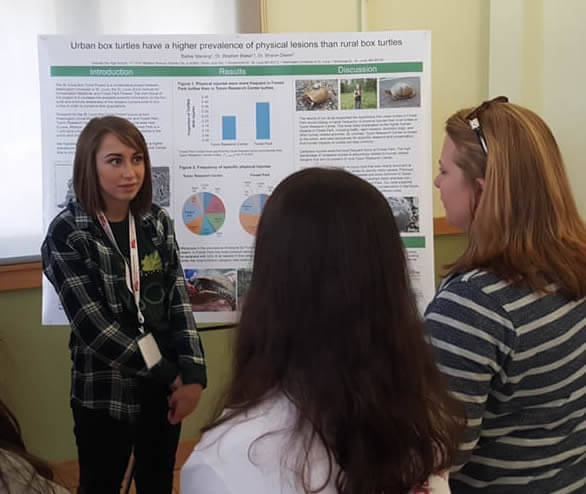
At the end of the project, Bailee presented her research at a symposium. Other students from other schools also displayed their projects and answered questions. I was really inspired by their enthusiasm and it reminded me of my undergraduate days doing field research.
All of the participants I talked to expressed that the program really changed how they viewed science and many plan to pursue a career in environmental science. I really would love to take aspects of this project and apply them to my high school biology class so that students gain an appreciation for gathering data outside the classroom.
One of the research projects involved using mustard seeds to encourage earthworms to come to the surface. Different settings were tested to compare size and density of the earthworm populations. I may be able to do a smaller version of this experiment in my biology class.
I’ve also realized that most research projects don’t use the old form “lab reports” that I’m familiar with. All of the students had large posters that organized their methods, data, and analysis. This is probably a more authentic way for my biology students to present their classroom investigations, instead of typing lab resports.
